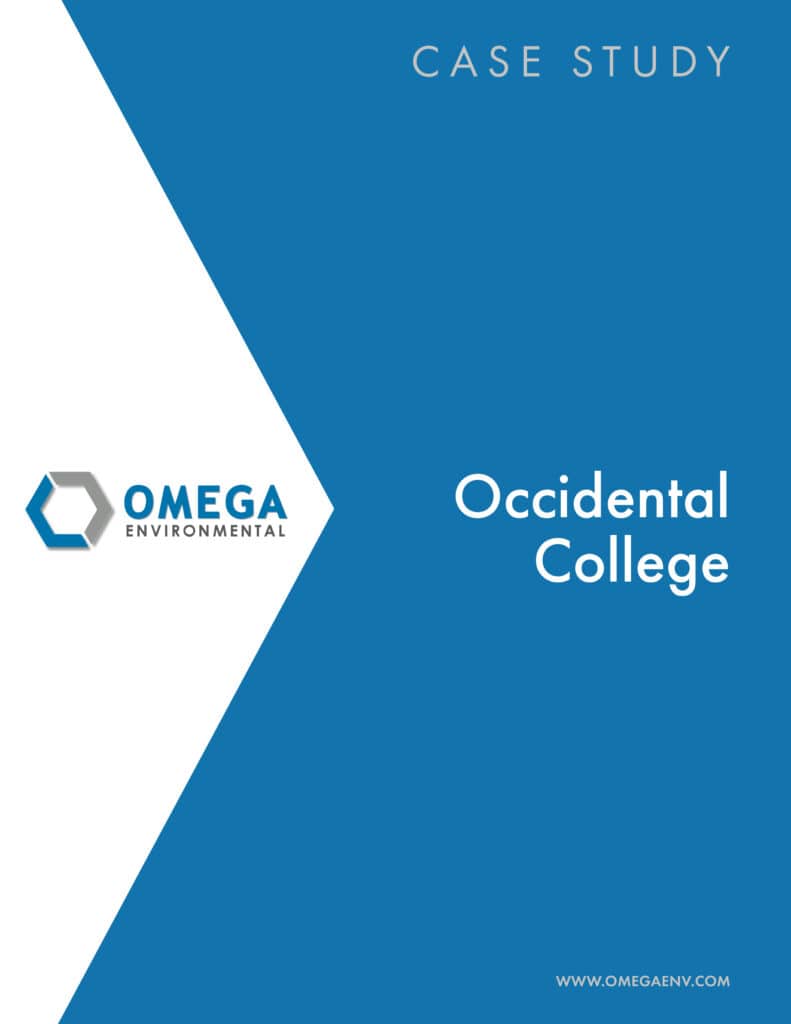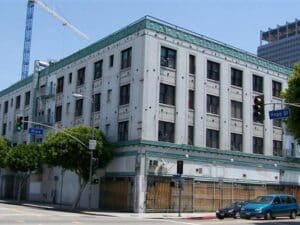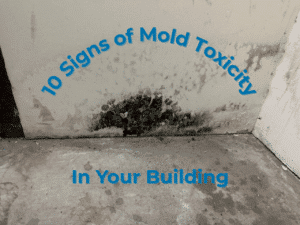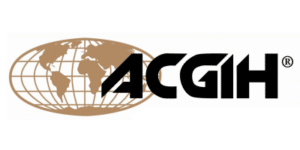The Definitive Guide to Environmental Risk Consulting

Why Environmental Risk Consulting is Crucial for Your Business
Environmental risk consulting is a specialized service that helps businesses identify, assess, and manage potential environmental hazards like asbestos, lead-based paint, and chemical contamination. For general contractors, property managers, and developers, this translates into actionable strategies that protect property value, maintain regulatory compliance, and avoid costly liabilities.
Key services include:
- Hazard Identification to detect hazardous materials in commercial properties.
- Regulatory Compliance guidance on OSHA, EPA, and California-specific rules.
- Risk Quantification to differentiate actual threats from hypothetical concerns.
- Liability and Cost Management to minimize legal exposure and control remediation expenses.
Ignoring these risks can have dramatic consequences. A single asbestos exposure during a tenant improvement project can halt construction, trigger Cal/OSHA fines exceeding $70,000 per violation, and lead to long-term liability claims. With environmental regulations becoming more stringent, proactive risk management is essential for business competitiveness and brand reputation.
The difference between a smooth project and a regulatory nightmare often comes down to one factor: assessing environmental risks before work begins, not during demolition.
The Practice of Environmental Risk Consulting: A Step-by-Step Approach
Environmental risks are common in commercial properties, from aging office towers to industrial facilities. The challenge is that property managers and developers often don’t realize their exposure until it’s too late. That moment when a demolition crew finds asbestos mid-project is when a simple renovation can balloon into a crisis with massive costs and delays. Our role in environmental risk consulting is to prevent those surprises by identifying problems before they derail your projects.

Identifying and Quantifying Business-Critical Environmental Risks
Effective risk management starts with data, not guesswork. We identify the hazards in your building and their potential impact on your operations.
- Asbestos-Containing Materials (ACMs): Common in California buildings built before 1980, ACMs in insulation, tiles, or roofing become a liability during renovation. Disturbance can lead to Cal/OSHA violations, project shutdowns, and health risks.
- Lead-Based Paint (LBP): Found in properties built before 1978, deteriorating LBP creates lead dust, a health and regulatory issue during renovations that requires specific handling protocols.
- Mold and Moisture Intrusion: A slow leak can cause extensive mold growth, degrading building materials, compromising air quality, and leading to costly remediation projects.
- Polychlorinated Biphenyls (PCBs): These pollutants lurk in older electrical equipment and building materials like caulking. They require specialized handling and disposal when found during renovations.
- Chemical Contamination: A property’s history (e.g., a former dry cleaner) can leave contamination in soil, groundwater, or indoor air, requiring careful site characterization and remediation.
- Indoor Air Quality (IAQ) Issues: Beyond mold, poor ventilation and volatile organic compounds (VOCs) can impact tenant satisfaction, productivity, and expose owners to liability.
To identify these risks, we start with Phase I Environmental Site Assessments, reviewing historical records and conducting site walk-throughs to find red flags. If concerns arise, a Phase II Assessment involves sampling soil, groundwater, or building materials for laboratory analysis.
For renovation or demolition projects, hazardous materials surveys provide a detailed roadmap of asbestos, lead, and PCBs. Our goal is to differentiate between actual and hypothetical risks, focusing your budget where it matters most while adhering to OSHA regulations for worker safety.
Core Services within Environmental Risk Consulting
Our services address the complete lifecycle of environmental challenges in commercial properties with proactive, cost-effective strategies.
- Transactional Support: We provide essential due diligence (Phase I/II assessments, hazardous materials surveys) to uncover liabilities before you acquire, sell, or refinance a property.
- Compliance Audits: We identify gaps in your adherence to federal, state, and local environmental regulations before regulators do, providing custom solutions.
- Liability Management: We develop action plans to minimize legal and financial risks by understanding your site’s sensitivity and potential pollution pathways.
- Site Investigation & Remediation Planning: When contamination is found, we characterize its extent and develop technically sound, economically viable cleanup plans designed for regulatory approval.
- Operations & Maintenance (O&M) Plans: For in-place hazardous materials like asbestos or lead, an O&M plan provides a practical management strategy, including inspections, training, and protocols to prevent accidental disturbance.
Case Study: Mitigating Asbestos Risk in a California Commercial High-Rise
This real-world scenario shows the value of proactive environmental risk consulting.

Scenario: A property manager planned extensive tenant improvements in a 1972 Orange County high-rise. With no prior hazardous materials survey, the project to demolish walls, ceilings, and flooring posed an unknown risk.
Challenge: Proceeding without knowing the extent of asbestos, lead in paint or PCBs could lead to Cal/OSHA violations, worker exposure, and stop-work orders, threatening a tight project timeline.
Consultant’s Role: We performed a comprehensive hazardous building materials survey including asbestos, lead and PCBs, identifying ACMs in floor tiles, ceiling texture, and insulation and lead in paint, and PCBs in electrical equipment and other construction materials . We quantified the materials, assessed their condition, and determined the potential for fiber release.
Solution: We developed a phased abatement plan aligned with the construction schedule, specifying which materials required removal and which could be managed in place. The plan included containment, air monitoring, and proper disposal procedures. For remaining ACMs and lead in paint we created an O&M program to prevent future accidental disturbance.
Outcome: The property manager avoided fines and legal action by maintaining full regulatory compliance. Abatement costs were planned and budgeted, preventing expensive emergency interventions and delays. The project proceeded on schedule, protecting workers and future occupants while providing the owner with documentation of due diligence.
Strategic Implementation and Partnership
Engaging with experts in environmental risk consulting is a strategic business decision that strengthens your bottom line and protects your reputation.
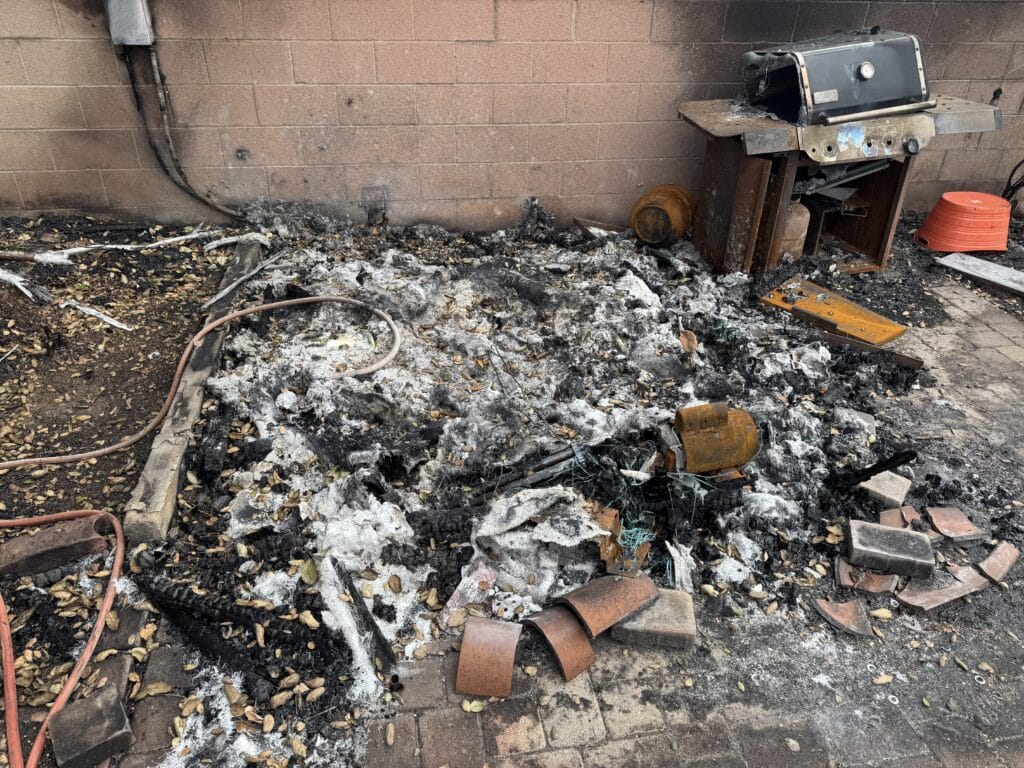
The Tangible Benefits of Proactive Risk Management
Responding to an environmental crisis is always more expensive than preventing it. Proactive management delivers real competitive advantages.
- Cost Savings: Planned abatement and management are far cheaper than emergency responses, work stoppages, and regulatory fines.
- Reputation Protection: An environmental incident can damage your brand for years. Proactive management builds trust with tenants, investors, and the community.
- Regulatory Compliance: We help you steer the complex web of federal, state, and local rules, including EPA, Cal/OSHA, and California Proposition 65 requirements.
- Asset Value Protection: Hazardous materials that are not managed or compliance issues can kill deals and tank a property’s market value. Addressing risks proactively protects your investment.
- Business Continuity: Anticipating environmental threats helps you implement strategies to keep operations running smoothly, safeguarding revenue streams.
- Stakeholder Trust: A strong environmental program demonstrates your commitment to safe, healthy spaces for tenants, employees, and the community.
The Role of Environmental Insurance in Risk Transfer
Even with the best strategies, some risk remains. Standard general liability policies typically exclude pollution, leaving a significant coverage gap. Specialized environmental insurance is designed to fill this void.
- Pollution Legal Liability (PLL) policies cover cleanup costs, bodily injury, and property damage claims from pollution on your property.
- Contractors Pollution Liability (CPL) is designed for contractors, covering pollution conditions caused by their operations at a job site.
Our environmental risk consulting services bridge the gap between risk assessment and insurance. By providing underwriters with a quantified view of your exposures, we streamline the application process, potentially leading to more favorable terms. This strategic approach to risk transfer protects your balance sheet from unforeseen environmental liabilities.
Here’s how coverage typically breaks down for a chemical spill:
| Scenario: Chemical Spill at a Commercial Facility | Standard General Liability Policy | Pollution Legal Liability (PLL) Policy |
| On-site Cleanup Costs | Typically Excluded | Covered |
| Off-site Cleanup Costs | Typically Excluded | Covered |
| Third-Party Bodily Injury Claims | Likely Excluded for Pollution | Covered |
| Third-Party Property Damage Claims | Likely Excluded for Pollution | Covered |
| Regulatory Fines | Never Covered | Never Covered (but covers costs leading to fines) |
| Legal Defense Costs | May be Excluded if Pollution | Covered |
How to Select the Right Partner for Your Environmental Risk Consulting Needs
Choosing the right environmental risk consulting partner is critical. Look for a firm that delivers results for your specific situation.
- Industry-Specific Experience: Your consultant should understand the unique challenges of commercial properties. Look for a partner with experience in sectors like professional services, healthcare, and the built environment.
- Technical Expertise and Certifications: Seek credentials like Certified Asbestos Consultant (CAC), Certified Industrial Hygienist (CIH), and Professional Geologist (PG), which demonstrate adherence to professional standards.
- Understanding of Local Regulations: A partner with deep knowledge of California’s stringent requirements (Cal/EPA, Cal/OSHA, local air districts) is essential for compliance.
- Proven Track Record: Ask for case studies and client references that demonstrate a history of solving problems similar to yours.
- Custom Solutions: Avoid firms that push one-size-fits-all templates. The best consultants take time to understand your objectives and develop precise, custom solutions.
At Omega Environmental Services, we help general contractors, property managers, and commercial building owners steer complex environmental challenges. Our expertise in assessments, remediation, and decontamination, coupled with our deep understanding of the California regulatory landscape, makes us a trusted partner for your toughest environmental risk management needs.
If you’re looking for an environmental risk consulting partner who understands your business and delivers actionable, cost-effective solutions, we invite you to connect with us.


